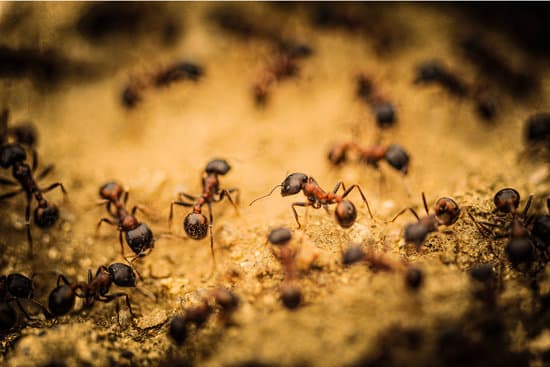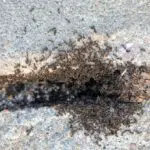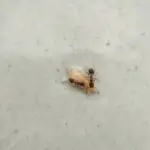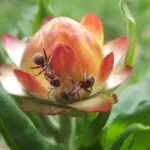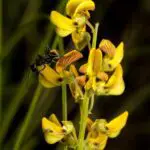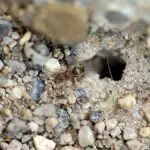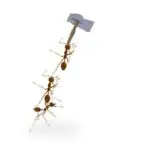Colony Co-Founding in Ants
Several ant species reproduce with more than one queen. This is referred to as polygamous sex. When one queen dies, the other queens will form a new colony.
The queens of an ant colony have a pouch in which male sperm are stored. A worker ant swarms with the queen to construct a nest. Workers then forage for food and dispose of waste.
Workers also police conflicts in the colony. If a worker is displaced from the nest, she will look for a way back. If she can’t find a way back to the nest, she will die.
A worker from a different colony will not be accepted. If they meet, ants from each colony will probably fight. Alternatively, they will ignore each other.
Ants have their own “passport pheromone,” which helps them detect other ants within the colony. This helps them identify family members. However, pheromones are not always used for navigation. In some cases, ants will assume that other ants in the colony are from another colony.
Colony co-founding, or collaborative colony founding, has been studied. These colonies typically are founded by unrelated queens. The process may result from a random allocation or attraction between queens.
A study of the black garden ant (Eciton scutellaris) showed that workers were able to join a foreign colony. However, the study did not account for the density of newly mated queens.
Colony co-founding has also been observed in several other species. These include the army ant and the Linepithema humile ant.
